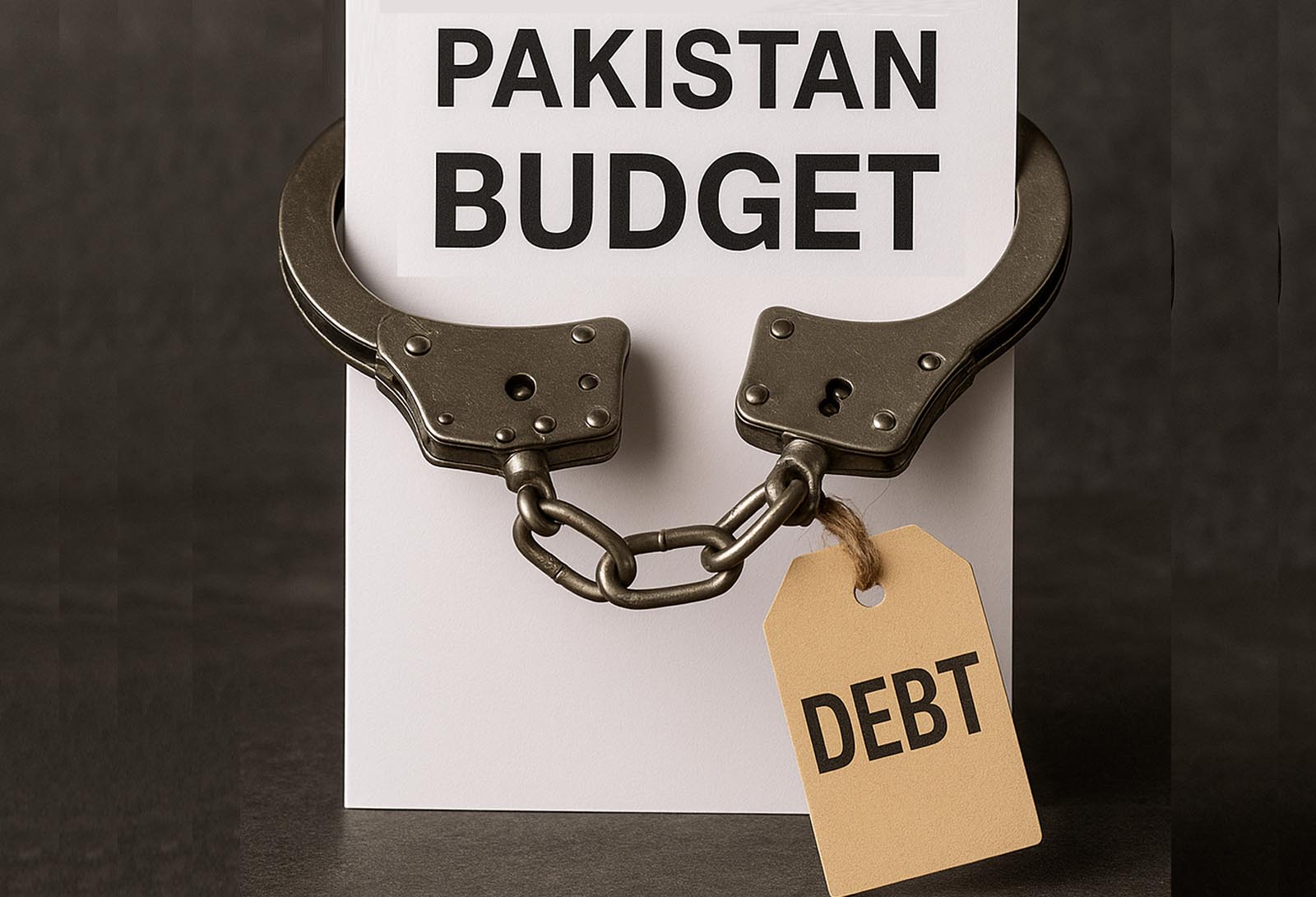Pakistan is set to repay a staggering $23 billion in external debt during the current fiscal year, including loans from multilateral and bilateral lenders, international bonds, and commercial borrowings. While $12 billion in deposits from friendly countries is expected to be rolled over, $11 billion must be repaid directly—posing a significant challenge to the country’s financial stability. Key repayments include $500 million for a maturing Eurobond in September 2025 and another $1 billion bond due later, intensifying pressure on Pakistan’s foreign exchange reserves.
Debt Breakdown and Repayment Risks
The debt includes $2.8 billion owed to multilateral institutions like the World Bank and Asian Development Bank, $1.8 billion in bilateral loans, and $2.3 billion in commercial borrowings. Additionally, $4 billion in SAFE deposits from China remains outstanding. While Saudi Arabia, the UAE, and Qatar have provided deposits, any refusal to roll over these funds could worsen Pakistan’s repayment burden. The State Bank of Pakistan (SBP) holds $9 billion in external liabilities, including IMF loans, further complicating the fiscal outlook.
Rising Borrowing Costs and Bond Market Challenges
Finance Minister Muhammad Aurangzeb has reviewed a Medium-Term Debt Strategy (MTDS), including plans to issue a Panda bond—though hurdles remain. With global interest rates high, launching new bonds (like Eurobonds or Sukuk) at feasible rates appears difficult. Analysts warn that borrowing at 10% or higher may be politically unpopular amid Pakistan’s polarized environment. The debt-to-GDP ratio, previously helped by inflation-driven nominal growth, could deteriorate as inflation eases.
Economic Stability Hangs in the Balance
Pakistan’s ability to meet these obligations hinges on securing rollovers, managing reserves, and potentially negotiating new loans. Failure to do so could strain the economy, especially with $1.7 billion in bond repayments looming. As the government navigates these challenges, the coming months will be critical in determining whether Pakistan can avoid a deeper financial crisis.


